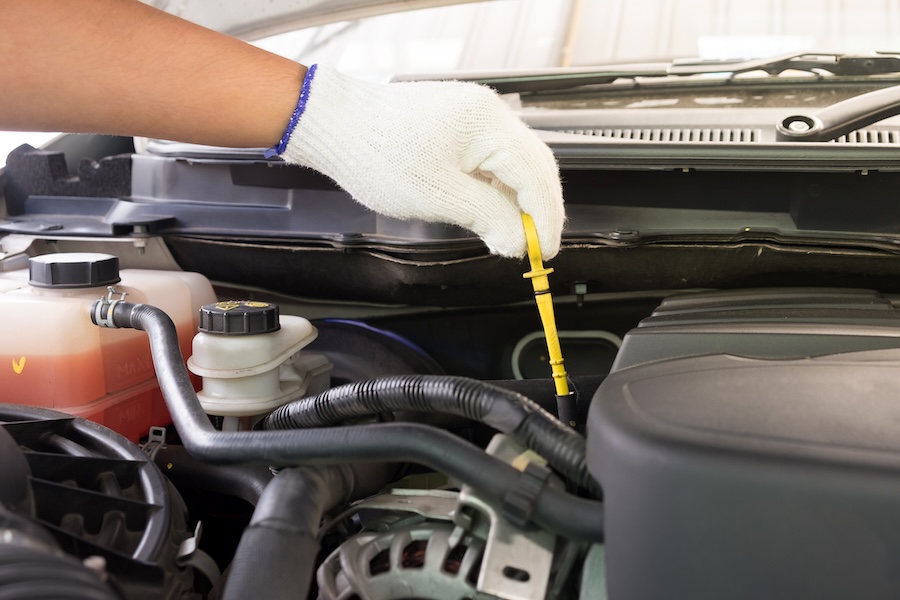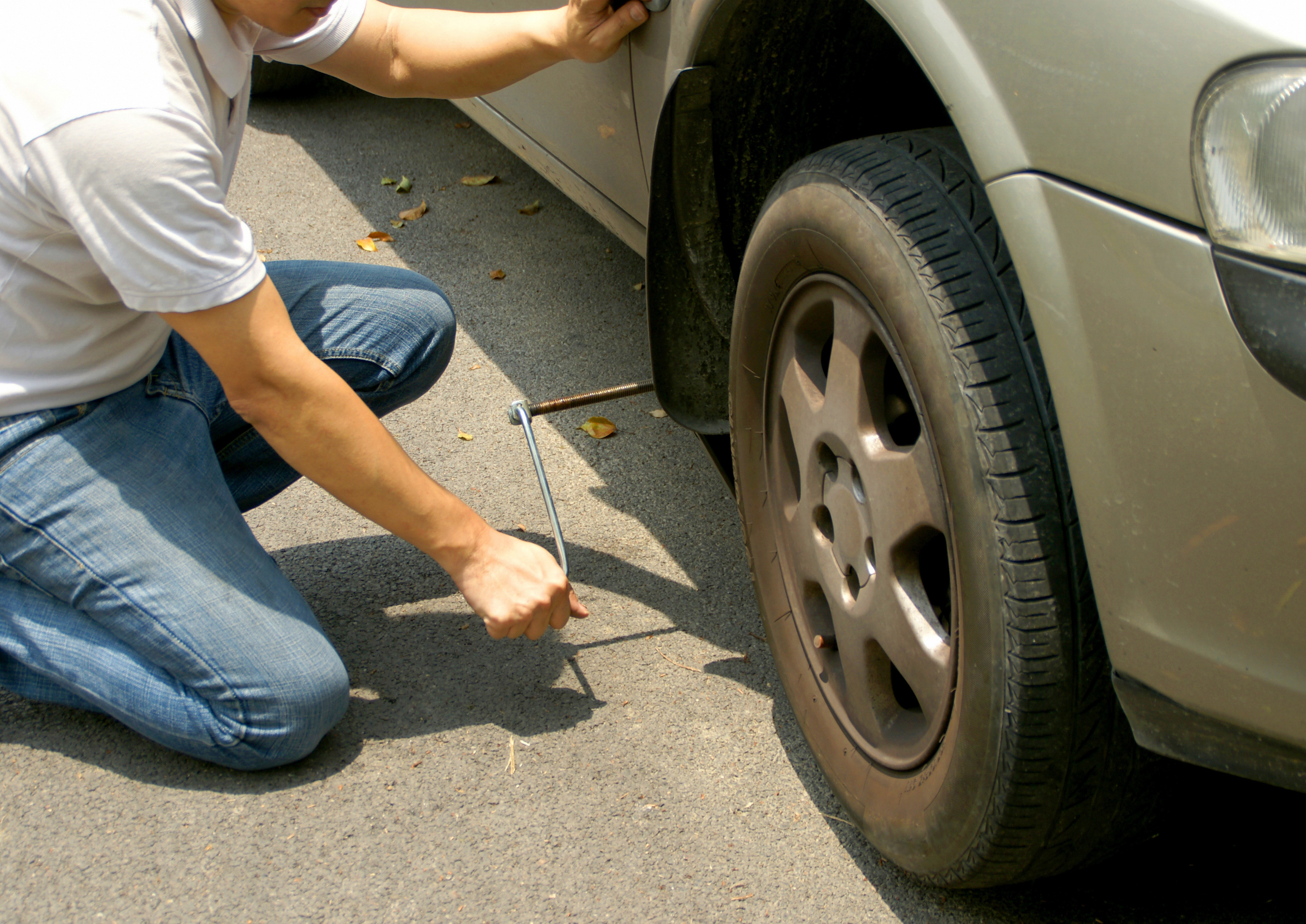Your car’s automatic transmission is a complex system that seamlessly integrates mechanical, hydraulic and electronic components to ensure smooth shifting and optimal engine performance. However, like any intricate system, it is susceptible to wear and failure over time.
Recognizing the subtle early signs of a failing automatic transmission is crucial for preventing catastrophic damage and costly repairs down the road. Whether you're a seasoned DIYer or a first timer, catching these symptoms early may save you from a costly transmission rebuild or replacement.
Our Tinker experts are here to help you identify these indicators before they escalate into serious damage. Most automatic transmission problems start with one of the following warning signs.

1. Leaking Fluid
Have you noticed puddles of red or brownish fluid under your car? This is not something to sleep on; it may be coming from the transmission. Transmission leaks often start small but can worsen quickly, leading to low fluid levels and, eventually, slipping gears, overheating and internal damage. Or worse, a fire. While it's not as flammable as gasoline, automatic transmission fluid (ATF) is a petroleum-based product that can catch fire if exposed to a sufficiently high heat source such as your car’s exhaust system.
If you suspect a leak, check the fluid level. If it's low, top it off with the fluid type specified in your owner’s manual.
Next, track down the source of the seepage. After your car has been parked for a while, look for drips from the transmission pan gasket, torque converter or main housing. If your car has a transmission cooler, check the hoses. If you’re lucky, it’s just a loose hose clamp.

2. Burnt Fluid
Healthy automatic transmission fluid is typically vibrant red and slightly sweet-smelling. If the fluid in your gearbox looks brown or black and has a scorched, smoky odor, it’s a sign the transmission has overheated. This can happen when the level runs low or the car has been driven extra hard, like during a track day or when towing.
Burnt transmission fluid loses its protective properties, which can lead to premature wear. Replace bad fluid right away to prevent lasting damage. If your car has a transmission fluid filter, don't forget to change that, too. A Tinker expert is available to double-check what you think you see and to help guide your efforts during this process.
 3. Trouble Getting into Gear
3. Trouble Getting into Gear
Does your car hesitate or refuse to move when you shift into drive or reverse? That’s often a sign the transmission isn’t generating enough hydraulic pressure to engage the gears.
Low or dirty fluid is a common cause, so check the level and condition first. Sometimes, a clogged filter can restrict the hydraulic flow, causing similar symptoms. If the problem persists, hook up an OBD-II scanner and look for related codes: check for issues like a faulty solenoid, worn clutches or electronic control failures.
This scanner plugs into your car’s OBD-II port, usually found under the dashboard or in the center console near the shifter and reads the diagnostic trouble codes (DTCs) stored in the vehicle’s computer. Don't have a code scanner? No problem. Many auto parts stores offer free code-scanning services.
If an OBD-II scan reveals no specific electronic faults, consider inspecting for metal shavings in the fluid, which is a telltale sign of internal wear. At this stage, the fix may involve replacing individual components or performing a more extensive teardown and rebuild.
4. Slipping Gears
If your engine revs but the car doesn’t accelerate as expected, or if the transmission shifts erratically, you’re likely dealing with slipping gears. This happens when the transmission fails to maintain proper engagement, due either to low fluid pressure or worn internals.
Start assessing this by checking the fluid level and condition, as low or degraded fluid is often to blame. If the fluid checks out, the problem may lie with internal components like worn clutch packs, failing bands or a weak pressure solenoid. Repairs for these issues typically require dismantling the transmission and replacing the damaged part.

5. Rough or Noisy Shifts
Clunking, grinding or jerky transitions between gears suggest more than just a fluid problem. These sounds and sensations often point to damaged gears, failing bearings or a torque converter on its last legs. While it’s always wise to confirm proper fluid levels first, rough shifts tend to be a red flag that something mechanical has gone wrong. The fix may involve replacing individual components or performing a more extensive teardown and rebuild.
Once again, hook up an OBD-II scanner and look for related codes. If an OBD-II scan reveals no specific electronic faults, inspect the fluid for metal shavings, which indicate internal wear.
Final Thoughts
With proper care, most automatic transmissions are designed to last between 100,000 and 200,000 miles. And the simplest way to prolong your transmission’s lifespan is with routine fluid and filter changes. Fresh fluid keeps its internal components lubricated, prevents overheating, and minimizes wear on the clutches, bands and seals.
By staying on top of preventative maintenance and watching for these early warning signs, you can protect your transmission and keep your car running smoothly for years to come.
For more helpful automotive DIY advice, speak to one of our Tinker Experts today!




